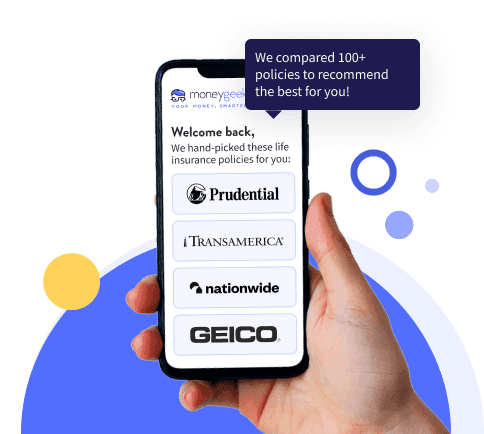If you're considering temporary life insurance coverage, you're looking at one of the most cost-effective ways to protect your family. Term life insurance offers affordable financial protection for a set time.
Ten-year term life insurance locks in your premium rate for the entire decade while guaranteeing your death benefit remains unchanged. Your coverage stays active as long as you pay premiums on time, providing predictable costs and reliable financial protection for your family's most critical years.
When the 10-year term expires, you have three options: renew coverage at higher age-based rates, convert to permanent life insurance without medical exams, or allow the policy to lapse. This flexibility makes 10-year term coverage ideal for protecting financial responsibilities that will decrease or disappear within the decade, such as mortgages, business loans or children's education expenses.




